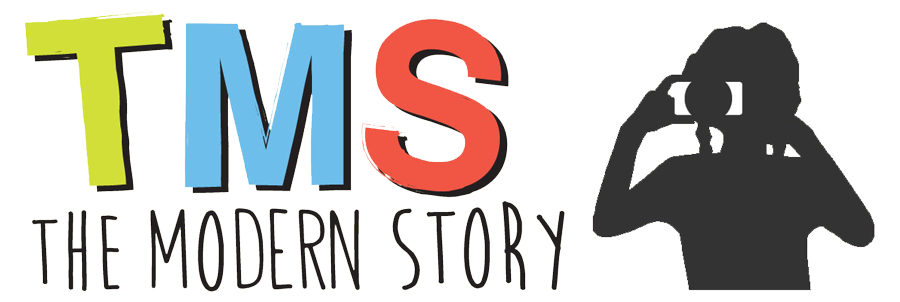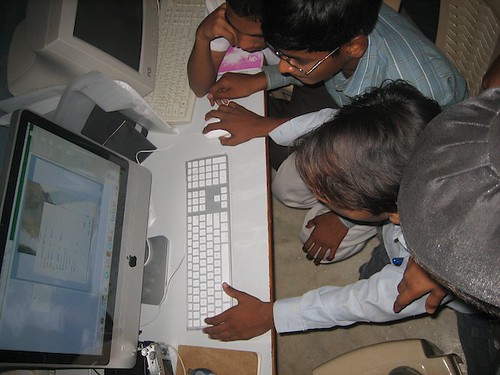Kelly’s Railway Reflections
After one week in moderately hot and sporadically humid Hyderabad- Dana, Emily and I have finished with the formal introductions – to students, teachers, commute routes, and culture. We have been left with the template of characters and stages that will be the basis of the story we tell over the next six months as teaching fellows with the Modern Story. On a personal note, I am surprised at how familiar the idiosyncrasies of India feel to me this time around – from the traffic exemplifying the potential for order in chaos, to the startling variety of human experience co-inhabiting the space of the streets. Wealthy, poor, Hindu, Muslim, Christian- boundaries between self and other broken- beckoning the foreign eyes to recognize the meaning of the Namaste greeting, an honoring of the place in each of us where we are the same.
We will be carrying out the Modern Story curriculum at a total of five government schools. Thus far, we have only begun classes at the Railway Girls School located in the Secunderabad area of Hyderabad, and will begin at the other 4 this coming week. All three fellows teach at Railway School, and then the tasks are divided up between the remaining four- with Dana and Emily co-teaching at two, and myself teaching at another two, called Sultaan Bazar and MGM. Initially I was struck with the distinct personality each of these schools had, and impressed with the quality of the computer labs that the students have access to. The greatest challenge I anticipate of our duties for the next six months is overcoming the language barriers, and finding a way for the students to actualize their creative potential despite the hurdles of communication. I enter this journey in a recognition that I must expect the unexpected, and that each school will present its own unique difficulties, but ultimately, and hopefully, through this will come a variety of voices in the media projects of the students.

Reading over the ‘script’ of our introductory videos with the girls of the Railway class.
We are blessed with the help of two inspiring teaching assistants at the Railway School, named Asma and Neha. Dana and I, co-teaching, work with Asma, while Emily works with Neha. I am struck by the calm maturity of Asma in the classroom and as an individual. The strength and determination I see in her rings to an age well beyond her young years, and I feel so fortunate for the opportunity to work alongside her. There is a strong network of support at the Railway School, and a dedicated interest in the program from the staff, that has been helpful in assuaging the anxieties of our first days. I am quickly growing fond of the students, and find myself needing to consciously keep the walls of student-teacher erect when I get swept by the instinct to just befriend the wide-eyed and attentive group. I am hoping that we will be able to harness their energy and direct it through their passion in a specific topic to produce nice media projects together.
This week was spent introducing the students to the Modern Story curriculum and what is meant by digital storytelling. We set rules for the class, reminding us to respect each other, listen to each other, and to not be afraid to share our own voices. We are orienting towards two goals, the technical product aspect of the digital component – technological literacy, camera, and writing skills – as well as the empowerment that comes through the process of creativity. We began with the questions of ‘What is a Story?’ and encouraging the students to recognize that everyone is a storyteller and they, themselves, are the lead character of their own individual, unique stories. The following is a slideshow of the student’s drawings done in a classroom exercise to practice connecting words with images. I am interested in the study of religion, so it grabbed my attention when many of the students responded that the first thing they do when they wake up in the morning is pray to God, or the first thing they see is nature. The religious diversity of Hyderabad is dramatically visible, and I am wondering if there is potential for exploring the topic of religion more closely throughout our time together.
‘When I wake up in the morning, I always…’
As the sun sets on Sunday and thus the weekend,the three of us are anxious to see what the next week has in store for us. The journey continues…
Until next time,
Kelly







